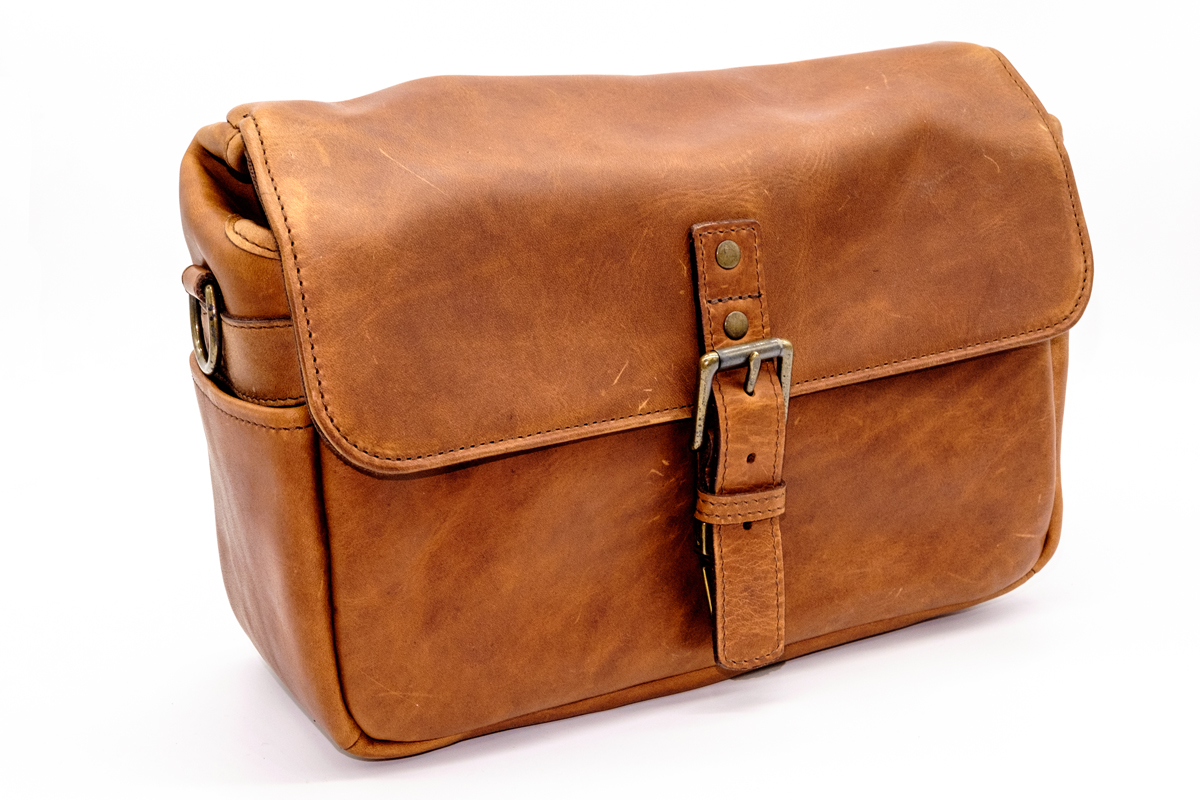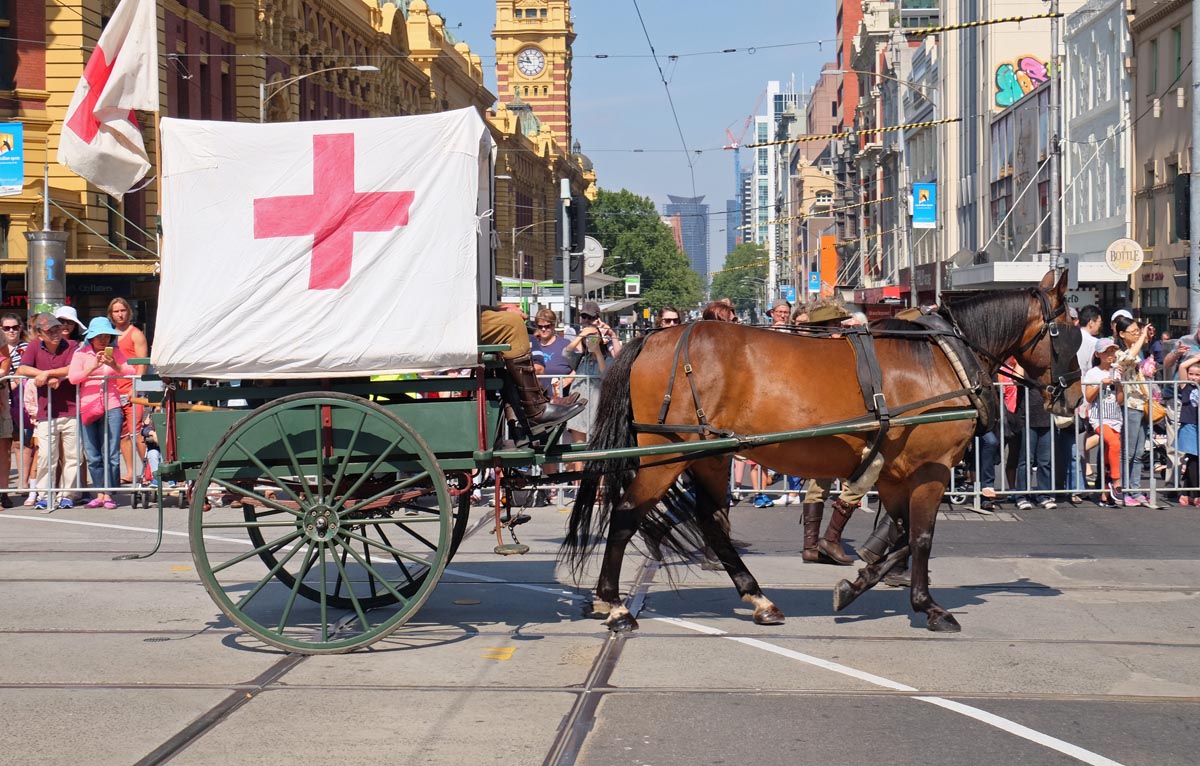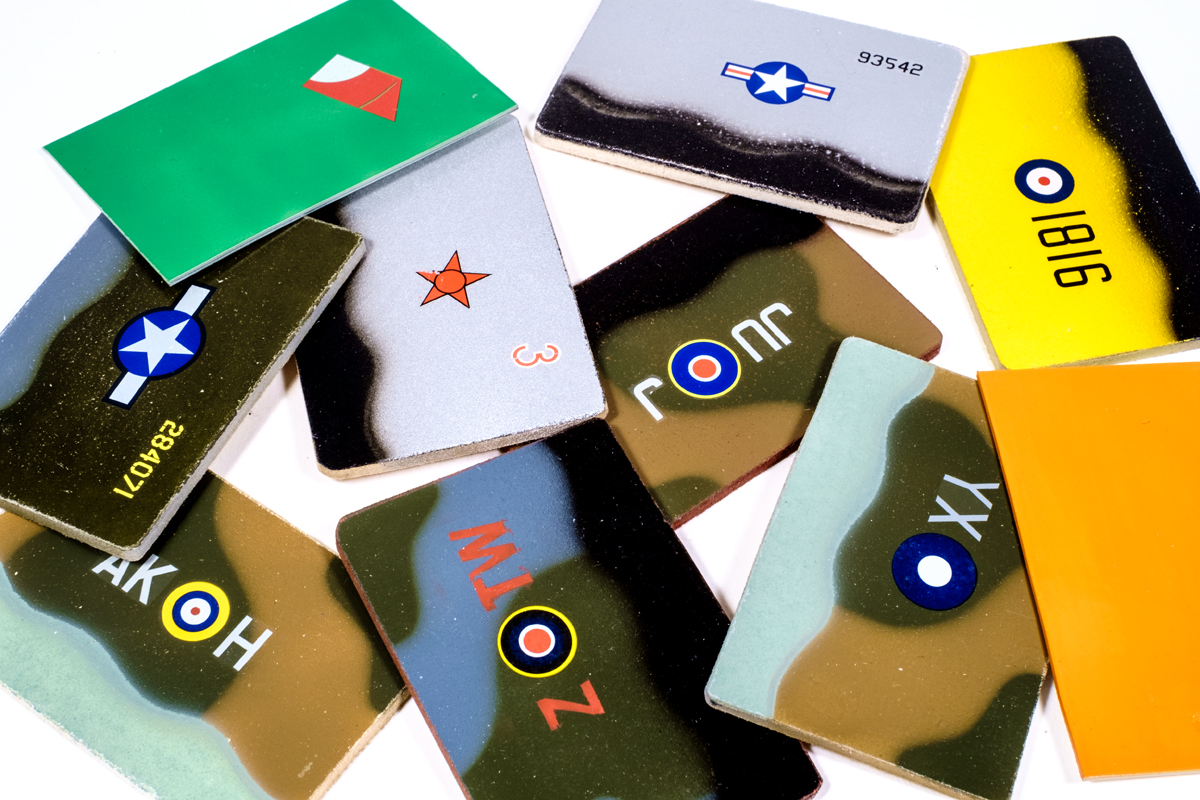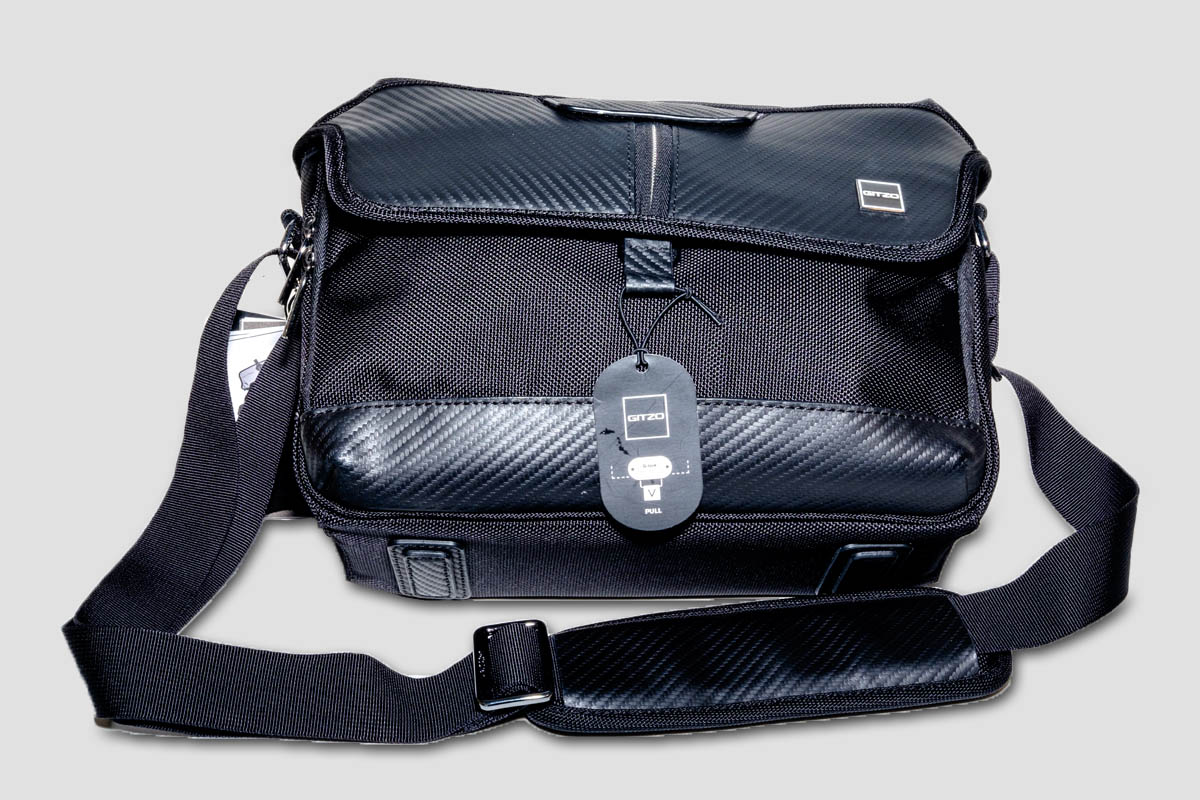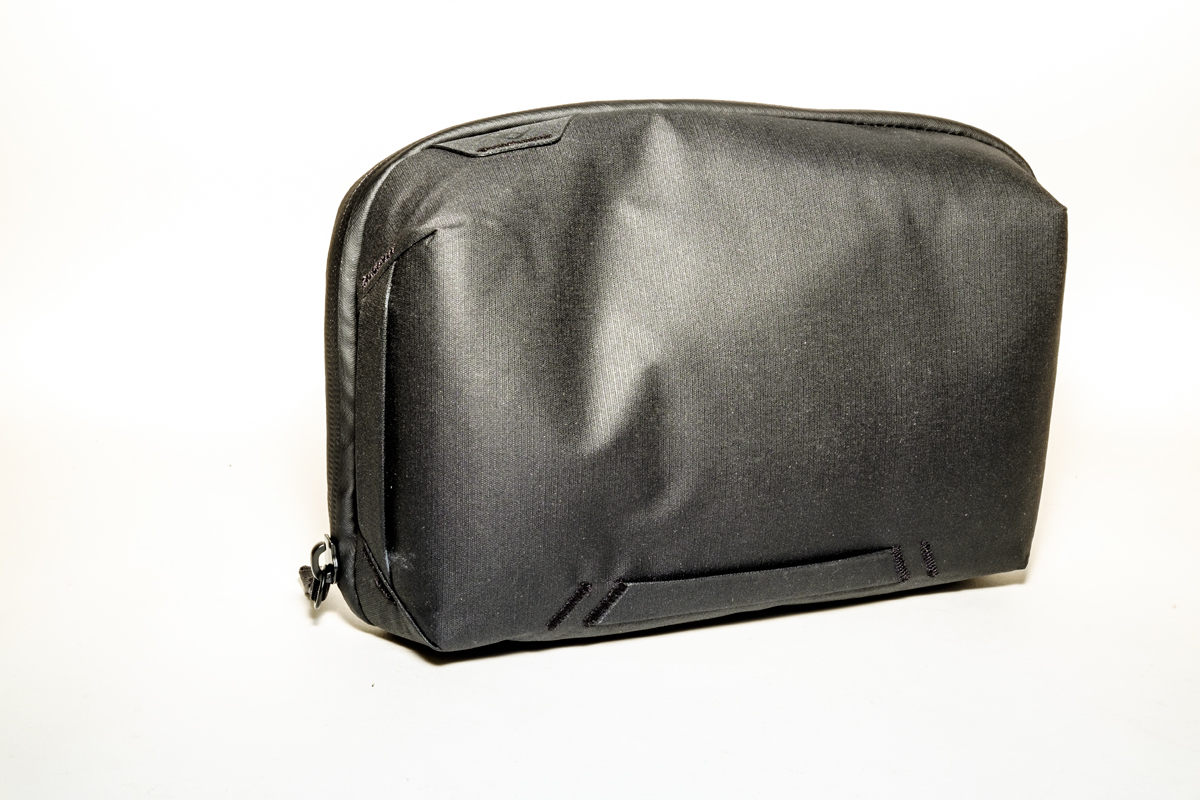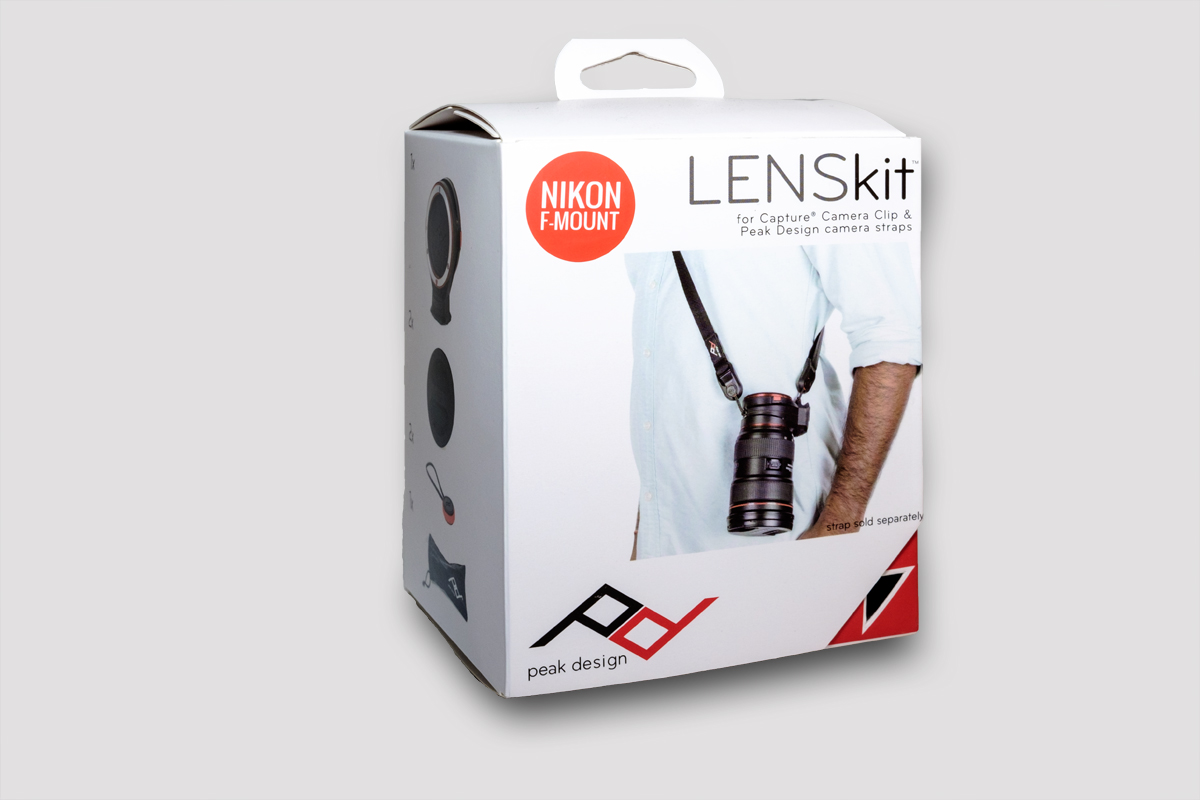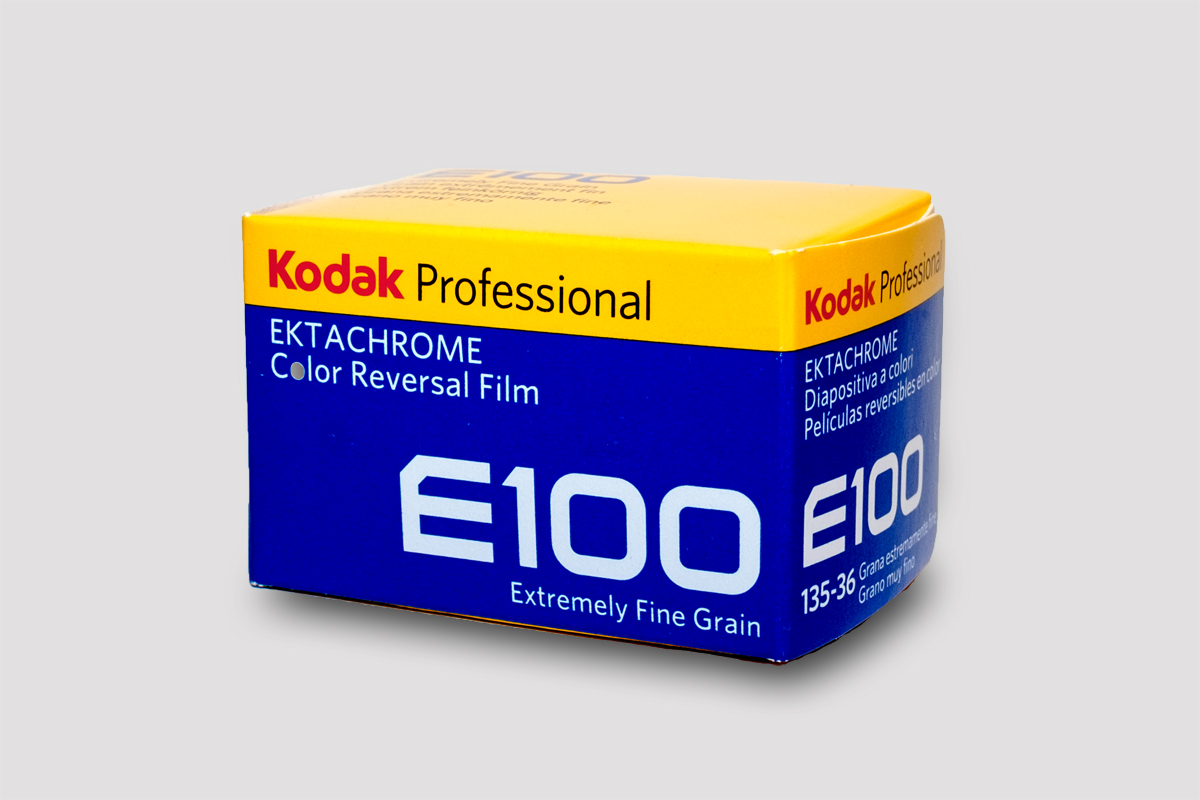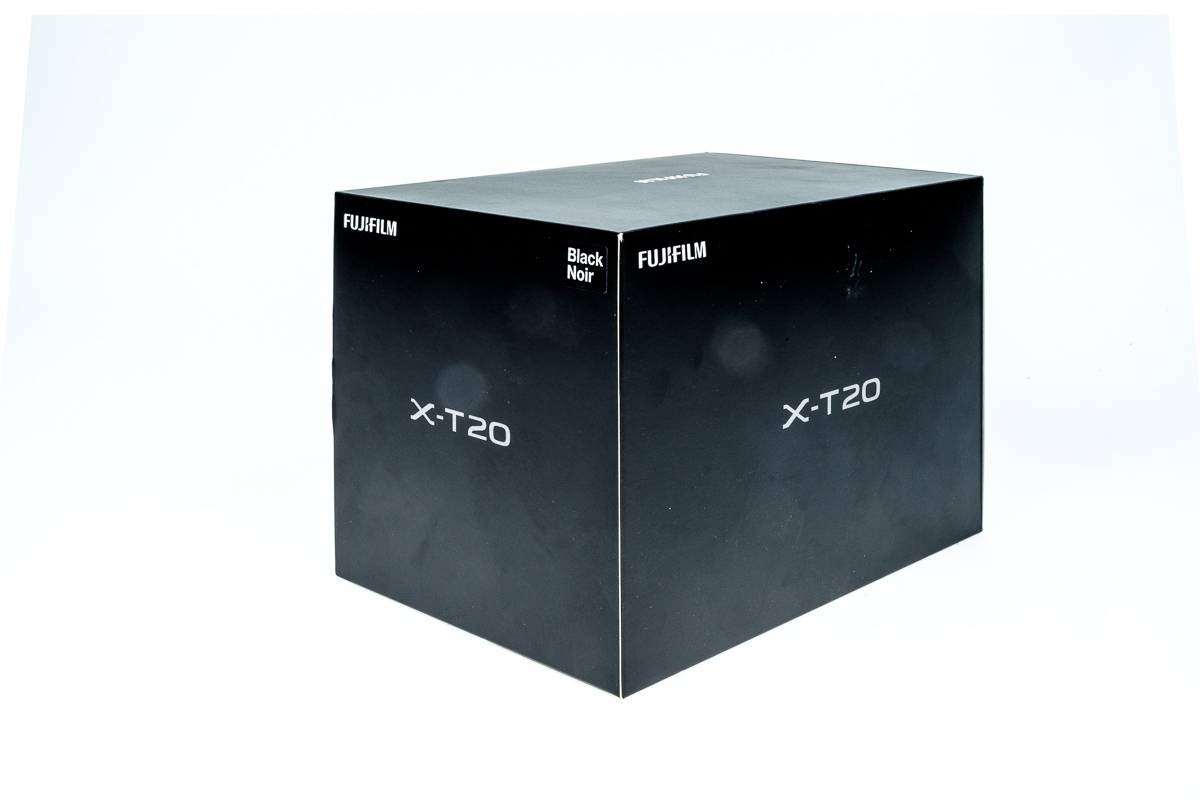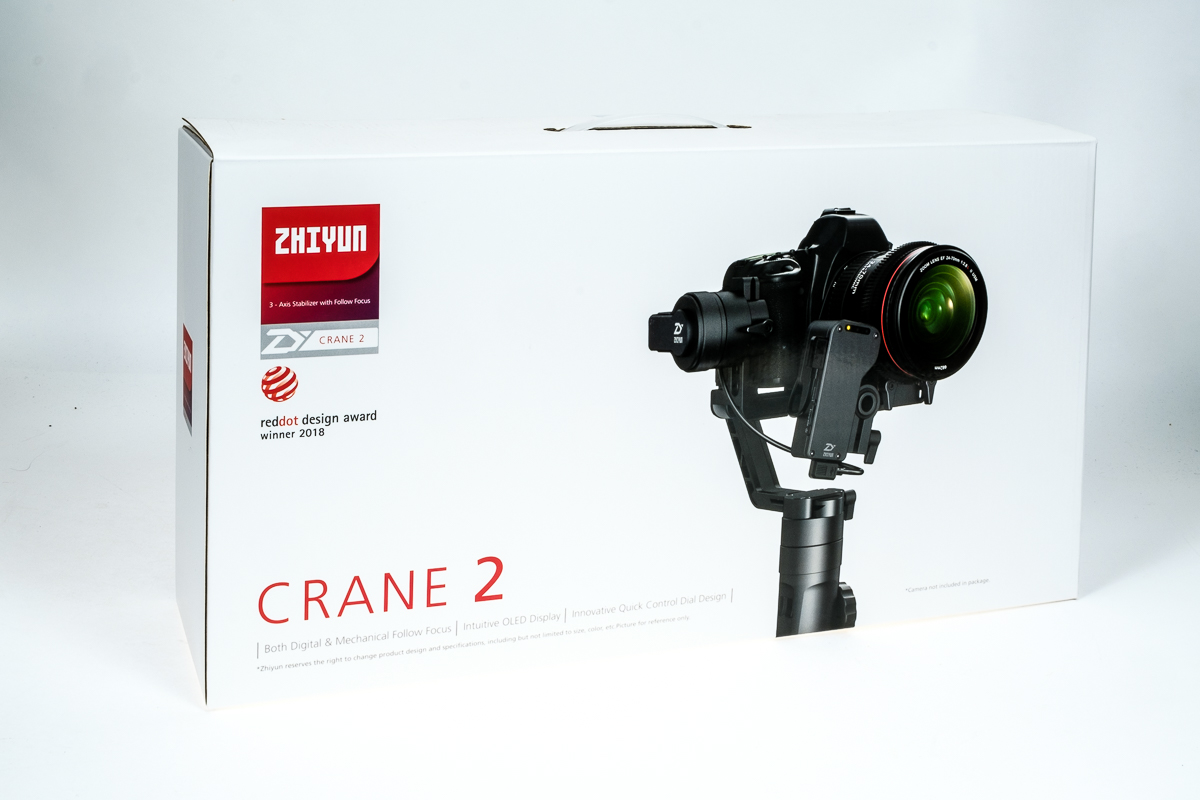28 Jan Four Good Things
I like visiting Camera Electronics - having worked in the shop for eight years it is still a familiar spot to go to - there is a free coffee, and I get to see new things. Note: I do pay for parking at the council meter machine out the front for my time, and I advise you to do so too. The meter maids in the area are not dressed in gold bikinis nor inclined to mercy...


